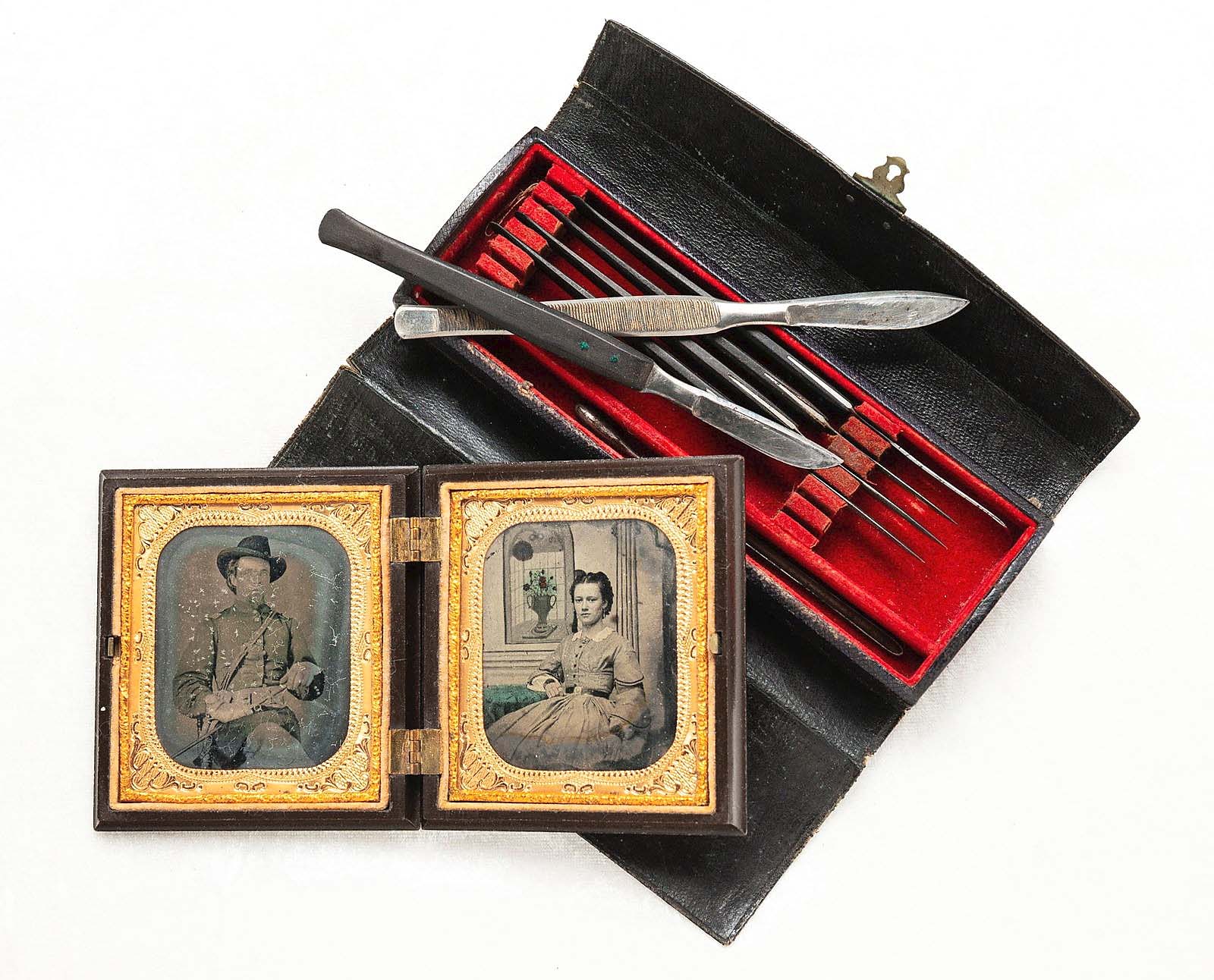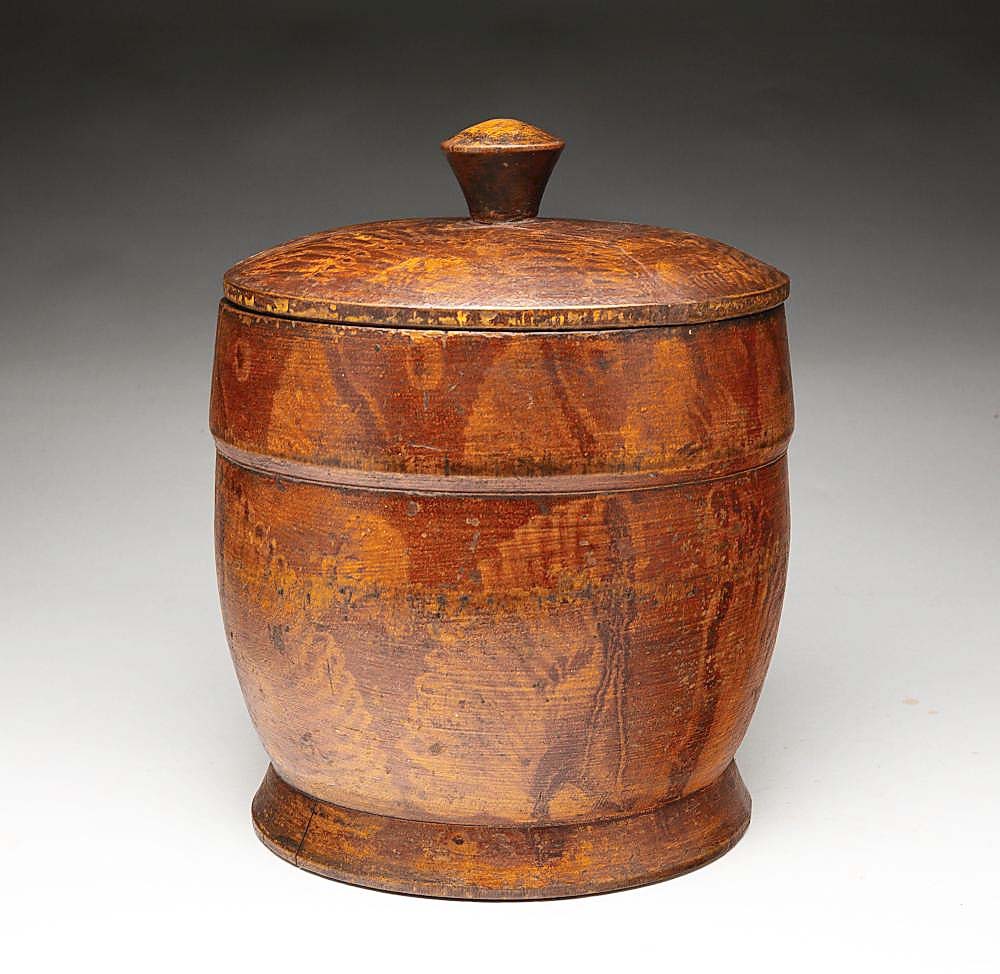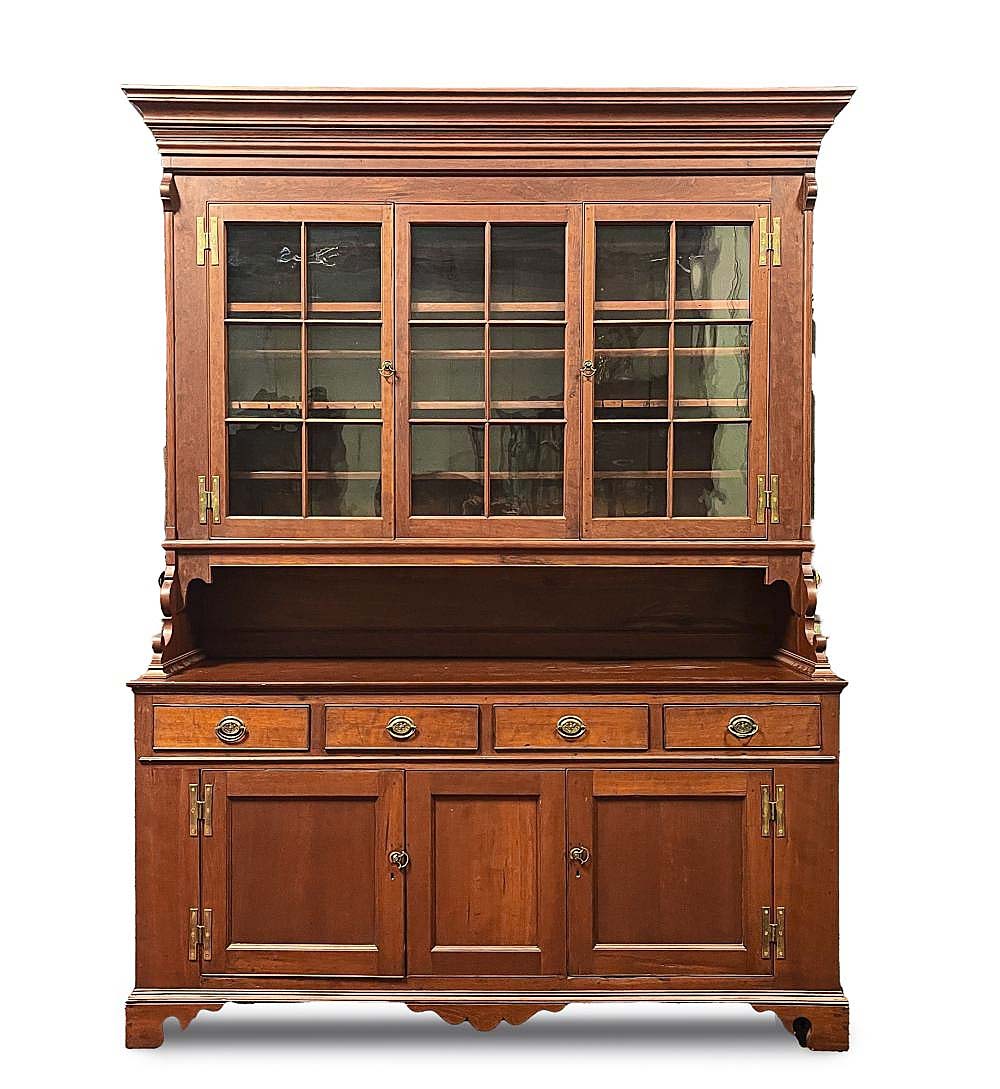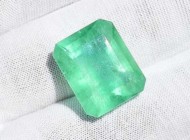
This American miniature mahogany and pine Sheraton sideboard, second quarter of the Nineteenth Century, 24 inches high by 26½ inches wide by 14½ inches deep, was the sale’s highest earner, going to an internet buyer for $5,000 ($1/2,000).
Review by Carly Timpson
COLUMBUS, OHIO — Amelia Jeffers Auctioneers & Appraisers’ two-day Great Estates auction was conducted September 13-14 and featured 981 lots, with a focus on Americana and American history. The “great estates” included that of a Midwestern couple who collected Civil War and other historical American objects; items from the Carthage, Ind., collection of Robert “Bob” Closser and Red Kettle Antiques; Marilyn Hanigan of Bethesda, Md.; and others across the country. At the auction’s close, 933 lots changed hands for a sell-through rate of 95 percent and a total realized of $300,000.
Rising from a large selection of early American and country furniture to become the sale’s highest achiever was a miniature Sheraton sideboard. Made in the second quarter of the Nineteenth Century, the dovetailed mahogany and pine sideboard had brass and cut glass pulls as well as a shallow hinged top. The auction catalog noted that the carved battens around the top were likely added later to correct a warp. At just 24 inches high, the small cupboard went out to an online buyer for $5,000.
Another category familiar to bidders at Amelia Jeffers is Pennsylvania folk art. The top lot on the first day and the second-highest achieving lot overall was a framed political Pennsylvania watercolor and India ink illustration of a yellow eagle holding a red and blue sun-shaped disk that read “Virtue Liberty, Independence June 10, 1825.” However, a charming detail was the word “virtue” was originally spelled “vrtue” and the “I” was added in with a caret after. The work, housed in a period walnut frame, had some toning, small stains, a smudge and it was re-backed. Previously sold in Conestoga Auction’s (Manheim, Penn.) October 1999 auction of Americana from the collection of Chris Machmer, it sold in this sale for $4,063.

This patriotic Pennsylvania watercolor and India ink illustration, 9½ by 8 inches, read “Virtue, Liberty, Independence, June 10, 1825,” and it was bid to $4,063 ($1,5/2,500).
Made in Medina County, Ohio, in the second quarter of the Nineteenth Century and descended through the family of Daniel Hoover, a grain-painted cherry stepback cupboard was bid to $2,880. With poplar and walnut woods secondary, the top section of the two-piece cupboard had two six-pane glass doors above four dovetailed drawers. The bottom part featured a two-door compartment on dovetailed bracket feet and an apron with a central semicircle detail. Victorian hardware, not original to the cupboard, was on the doors and there was some splitting and loss from age.
Other cupboards included a painted country corner example from the same time period. The American walnut and poplar cupboard was gray over old green and original red paint and achieved $2,500. At $2,250 was a Twentieth Century stepback in the manner of Christian Shively, Jr. Constructed in cherry wood with pine secondary, the base had four dovetailed drawers with applied beaded edges and liberty eagle pulls. An American grain-painted poplar stepback cupboard, made circa 1800, had chamfered corners and dovetailed drawers. The piece had high cut-out legs, shaped aprons and its original tan and yellow graining, which had some wear; it brought $1,920.
Hepplewhite-style furniture was also a hit with Amelia Jeffers’ bidders. Leading the category was a pin top table from the first quarter of the Nineteenth Century. Made of pine, the table was painted in dark green on the three-board top and brown-mustard colored paint on the base. Notable construction details that may have aided its $2,875 achievement include shaped battens and tapered pegged legs. A painted Hepplewhite chest of drawers made of poplar wood in western Massachusetts during the first quarter of the Nineteenth Century was bid to $2,375. Characteristic features of the blue-painted chest included solid ends, four dovetailed drawers with beaded edges, period knobs, high cut-out legs and a scalloped apron.

This second quarter Nineteenth Century whaling ship document stamp, 3 inches high, was carved from whale tooth and punched $2,160 ($600/900).
Scrimshaw collectors took to a Nineteenth Century whaling ship’s document stamp, the handle of which was carved from whale bone to depict a clenched fist. The back of the fist was detailed with the name “Whaler Jasper” etched in ribbon around a relief-carved whale. The stamp plate itself was carved in relief to read “Bark Perry.” According to the catalog notes, the New Bedford, Mass.,-based company Whaler Jasper owned the Bark Perry, and this stamp was likely used to mark manifests, records and freight bills. More than doubling its $900 high estimate, the stamp sold for $2,160.
A surgeon’s kit, along with a pair of late Nineteenth Century photographs, sold together — well above the high estimate of $450 — for $2,000. The surgeon’s kit, with scalpels and knives, was in a gutta-percha case engraved “Dr. R. Peardon.” The cased sixth plate tintypes depicted a man in a military uniform and a lady with hand-colored detail. The catalog noted that the kit may have belonged to the man in the photograph.

Dated 1905, this northwest Persian Kelleghi rug measured 11 feet 3 inches by 4 feet 9 inches and found a buyer for $1,800 ($1,5/2,000).
The highest-earning rug in the sale was a northwest Persian Kelleghi carpet, which went out at $1,800. Signed and dated “1905,” this long rug had a geometric pattern on a dark navy ground with an inner red border with flowers and a blue outer border with stars and geometric patterns.
Despite some minor wear and splits, a round pine treenware canister from the first half of the Nineteenth Century earned $1,812. The turned canister had paint-decorated details including vinegar-grained sponge decoration in tan against red.
Prices quoted include the buyer’s premium as reported by the auction house. For information, www.ameliajeffers.com or 740-362-4771.












